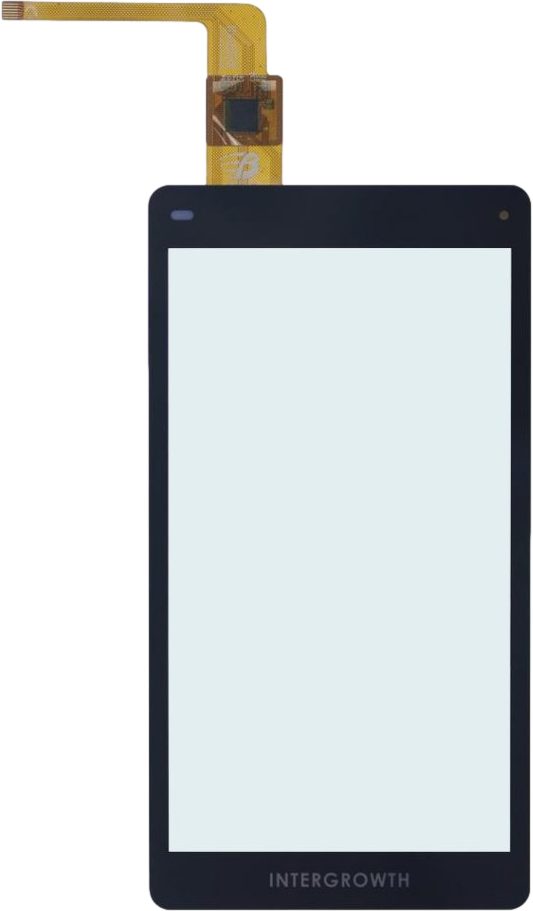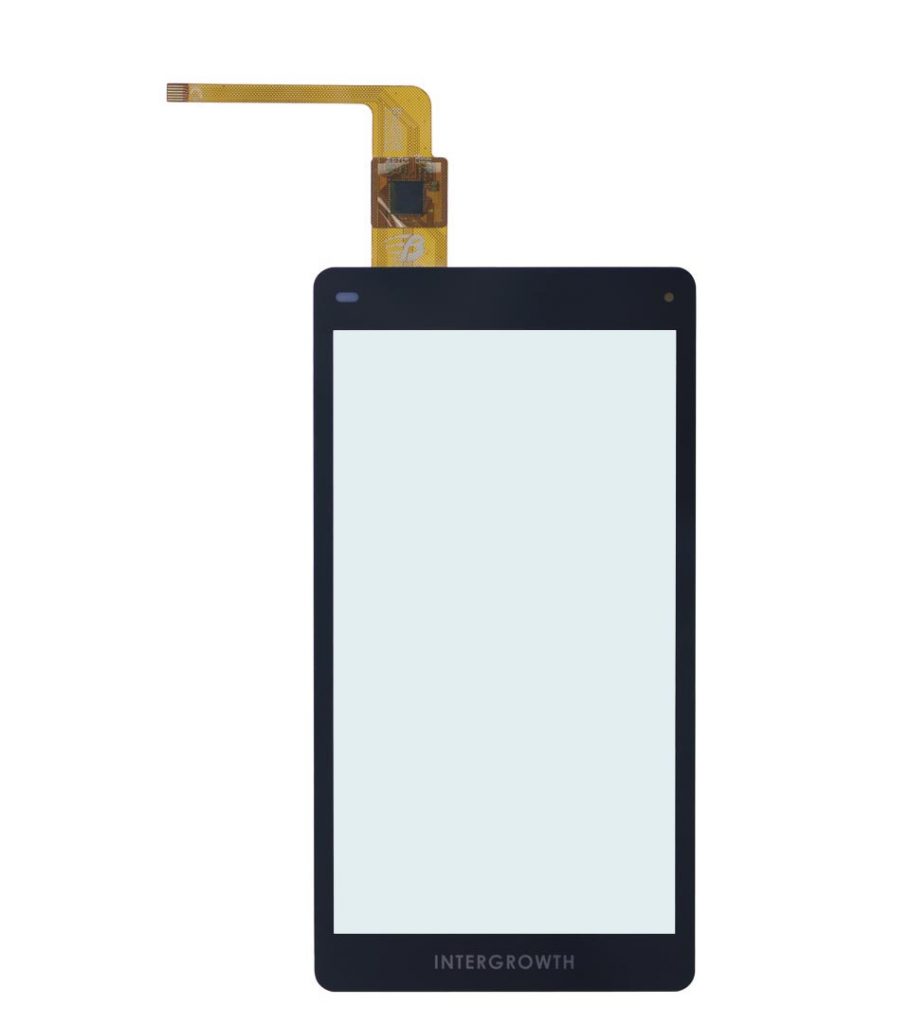What is G+F+F Projected Capacitive Touch Screen?
The G+F+F structure is a relatively new structure used for projected capacitive touch screens that has gained attention for its high reliability. It includes cover glass, film sensor, and another film sensor that are used to achieve the touch function.
Dr Pan: Welcome to DISPLAY Museum. I am Dr Pan, the curator of Museum.
Greg: Hello, Dr Pan. I am Greg. There are so many structures for projected capacitive touch screen. May I ask what G+F+F structure is?
Dr Pan: Hello, Greg. G+F+F means cover glass+film sensor+film sensor. It is going to need two-layer film sensors to achieve the touch function. Let us look at the structure “Two-sheet two-ITO laminated structure” . From top to bottom, Cover glass, OCA1, ITO1, Film1, OCA2, ITO2 and Film2.
Advantage:highly accurate, multi-touch, good at hand writing, replaceable cover glass, high strength, high reliability, strong anti-ESD, strong anti-interfered and suitable for all sizes.
Disadvantage:lower transmission and more expensive.
Greg: Dr Pan, I can see that G+F+F structure is very reliable, but we don’t see it on the market very often, do we?
Yes, it can’t be widely used because of lower transmission only 80% and high price. But it is still used for high-end equipments because of high reliability.
Greg: Thank you, Dr Pan. Now I got it.
Dr Pan: Welcome to contact us if you have any question.


